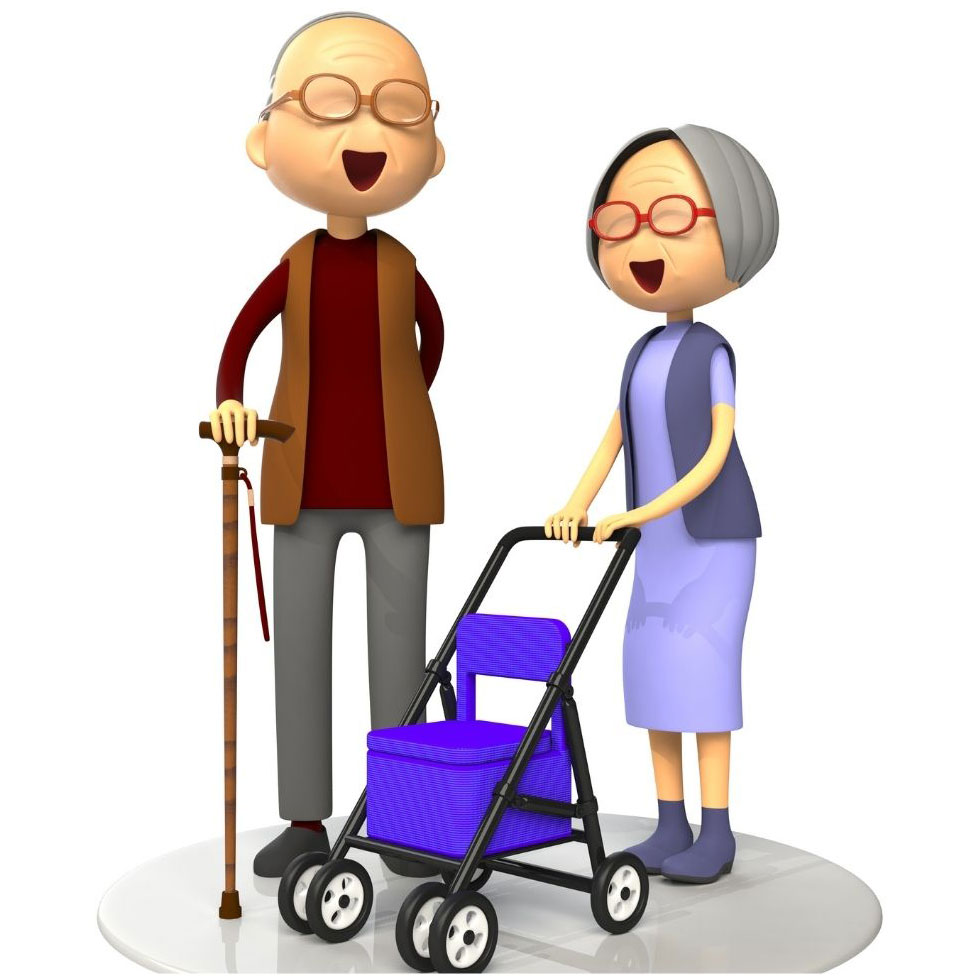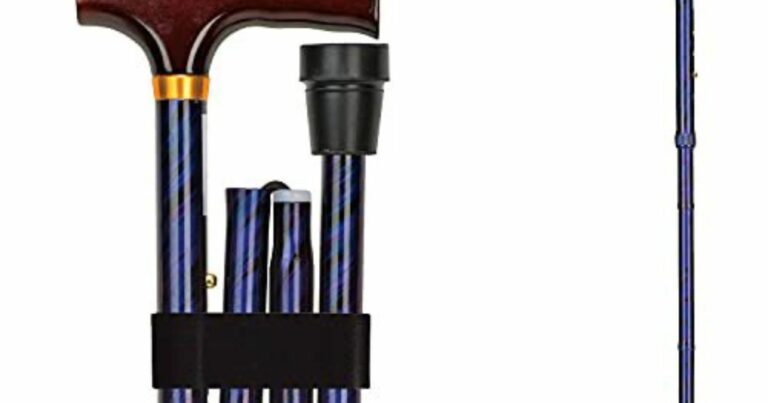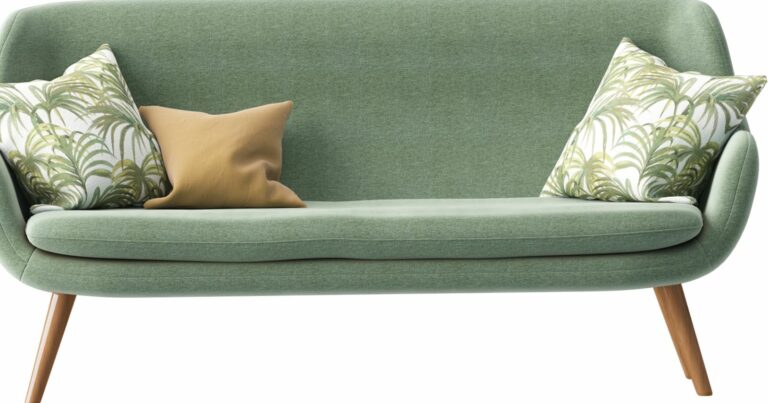Throughout my many years of advocating for elderly independence, I have noticed a common concern – the loss of strength and flexibility. Today, I’m excited to talk about a solution that has been under our noses all along: Pilates for senior strength and flexibility. Aided by my extensive expertise in eldercare and health, I’ve come to understand the powerful impact of Pilates on seniors’ physical well-being. With age, the challenges of maintaining physical fitness become more daunting, affecting the quality of life of our beloved elders. Pilates, a gentle yet potent exercise, could be just what they need. In this article, I promise to guide you through the benefits of Pilates, explain how it can enhance strength and flexibility in seniors, and provide helpful tips for starting a Pilates routine.
Introduction
Intro
Pilates, a form of low-impact exercise, offers numerous benefits for seniors looking to maintain or improve their strength and flexibility. As we age, maintaining physical fitness becomes increasingly important for overall health and independence. Pilates for senior strength and flexibility can be a game-changer.
Pilates For Senior: Understanding Pilates
Understand
Pilates was developed in the early 20th century by Joseph Pilates. It focuses on core strength, flexibility, and awareness to support efficient, graceful movement. This makes Pilates a perfect exercise regimen for seniors, as it promotes strength and flexibility without being too strenuous.
Pilates is built on six principles:
- Centering: This is the concept of focusing on the core, also known as the “powerhouse” (the area from the lower abs to the spine and pelvic floor). This is where all movement in Pilates begins.
- Control: Each exercise is performed with control to ensure the correct muscle groups are working and to prevent injury.
- Flow: Each Pilates exercise is meant to flow into the next. The idea is that your body is always in motion during a session, and movements should be smooth and graceful.
- Precision: Precise movements are essential in Pilates. The focus is on doing one precise and perfect movement, rather than many half-hearted ones.
- Breath: Proper breathing is essential, and helps you execute movements with power and efficiency. Pilates practitioners are taught to breathe in through the nose and out through the mouth.
- Concentration: Each exercise requires mental focus to be performed with maximum benefit.
Why Pilates is Beneficial for Seniors
Why
Pilates offers a range of benefits for seniors. It can improve balance, which helps prevent falls, a common concern for older adults. Pilates also enhances flexibility and strength, which can improve mobility and independence. Furthermore, it promotes mindfulness and relaxation, contributing to improved mental health.
Pilates Exercises for Seniors
Exercises
There are several Pilates exercises that are particularly beneficial for seniors. For example, the “Pelvic Tilt” can strengthen the core and improve flexibility in the lower back. The “Leg Circle” can enhance hip flexibility and leg strength. Always remember to start slow, listen to your body, and modify exercises as needed for your comfort and safety.
Sample Exercises
- The Hundred: This exercise focuses on the abdominal muscles. You lie on your back, lift your legs to a 45-degree angle, and curl your head and shoulders off the mat while pumping your arms up and down in small movements.
- The Roll-Up: This is a great exercise for the spine and the abdominal muscles. Starting from a lying position, you use your core to roll up to a sitting position, and then slowly roll back down.
- Leg Circles: This exercise helps to strengthen the hip muscles and increase hip flexibility. While lying on your back, you raise one leg to the ceiling and circle it inward toward the body and then outward.
- Teaser: This is an advanced Pilates move. You start by lying on your back, and then you curl your upper body and legs up to meet in a V-sit position.
- Saw: This exercise targets the back and hamstrings. Sitting up with legs spread wider than hip-width apart and arms extended out to the sides, you twist your torso and reach your hand to the outside of the opposite foot.
- Swan: This exercise strengthens the back muscles and stretches the chest. Lying face down, you lift your upper body off the mat using your back muscles, creating a gentle curve in the back.
- Plank: Just like in other forms of exercise, the plank is a core strengthener. You hold your body in a straight line from the top of your head down to your heels.
- Scissors: Lying on your back, you lift both legs to the ceiling. Holding onto one leg, you lower the other toward the floor, and then switch, mimicking a scissor motion.
Success Stories and Testimonials
Stories
Many seniors have found Pilates to be transformative in their journey towards improved health and independence. For instance, Mary, a 72-year-old retiree, found that after just a few months of Pilates, she had more strength and flexibility than she’d had in years. She now enjoys a more active, fulfilling lifestyle.
General Testimonials
- Improved Flexibility: Many people report improved flexibility after practicing Pilates regularly. The exercises are designed to lengthen muscles and increase the range of motion in the joints.
- Better Posture: Pilates is well known for its focus on alignment and balanced muscle development, which can significantly improve posture. Those who sit or stand for long periods due to work often find great benefits in this aspect.
- Increased Core Strength: A stronger core is one of the most advertised benefits of Pilates, and many enthusiasts report noticeable improvement in their core strength and stability.
- Reduced Back Pain: Several individuals have shared that their chronic back pain has been reduced or even eliminated after practicing Pilates because the exercises help to strengthen the back muscles and improve posture.
- Enhanced Mind-Body Connection: Pilates requires concentration, coordination, and awareness of breath, all of which can lead to an improved mind-body connection. Many practitioners report feeling more in tune with their bodies and experiencing a greater sense of wellbeing.
- Improved Balance and Coordination: With its focus on core strength and control, Pilates can help improve balance and coordination, an aspect highly valued by elderly individuals and athletes.
- Weight Loss and Toning: While Pilates may not be the most calorie-burning exercise, when combined with a balanced diet and other types of physical activity, it can contribute to weight loss and helps to tone the body, giving muscles a leaner look.
Getting Started with Pilates
Starting
If you’re a senior interested in trying Pilates, start by consulting with your healthcare provider. Once you have their approval, look for Pilates classes in your community or online that are designed for seniors or beginners.
Frequently Asked Questions
FAQs
Is Pilates good for strength and flexibility?
A: Yes, Pilates is excellent for improving both s
Yes, Pilates is excellent for improving both strength and flexibility. The exercises in Pilates target the core muscles but also work other areas of the body. The movements are designed to stretch and lengthen muscles, which can significantly improve flexibility.
What are the best Pilates exercises for seniors?
Some of the best Pilates exercises for seniors include the Pelvic Tilt for core strength and lower back flexibility, the Leg Circle for hip flexibility and leg strength, and the Spine Stretch for improving posture and spine flexibility. Always remember to modify exercises as needed and consult with a healthcare provider before starting a new exercise regimen.
Is Pilates good for a 70-year-old woman?
Absolutely! Pilates can be beneficial for individuals of all ages, including 70-year-old women. It’s a low-impact exercise, which means it’s easier on the joints than other forms of exercise. Plus, it can help improve balance, flexibility, and strength, all of which are important for maintaining independence and quality of life as we age.
Is yoga or Pilates better for strength and flexibility?
Both yoga and Pilates can improve strength and flexibility. The choice between the two often comes down to personal preference. Pilates generally focuses more on core strength and spinal alignment, while yoga often emphasizes flexibility and balance. Both can be adapted for seniors and offer a range of health benefits
Conclusion
Final
Having explored Pilates as an effective approach to enhancing senior strength and flexibility, it’s clear that this method has significant potential to improve the quality of life for our aging loved ones. Based on my rich experience and expertise in elderly care, I can attest to the transformative power of incorporating Pilates into seniors’ regular fitness routines. Not only can it enhance their physical health, but it also promotes mental wellness, providing a holistic approach to aging gracefully. So, if you’re searching for a reliable, beneficial, and age-friendly exercise regime, Pilates could be the ideal fit. Remember, our loved ones’ health and happiness is in our hands, and making informed decisions based on reliable insights is our best bet. I hope that this exploration of Pilates has served as a helpful guide in your journey towards ensuring healthy aging for your loved ones.
Pilates for senior strength and flexibility can significantly improve quality of life by enhancing physical fitness and promoting independence. It’s never too late to start, and the benefits can be truly life-changing.
For more information on Pilates for seniors, check out this comprehensive guide from Pilates for Seniors.
Other Places For You To Explore
Explore
P






